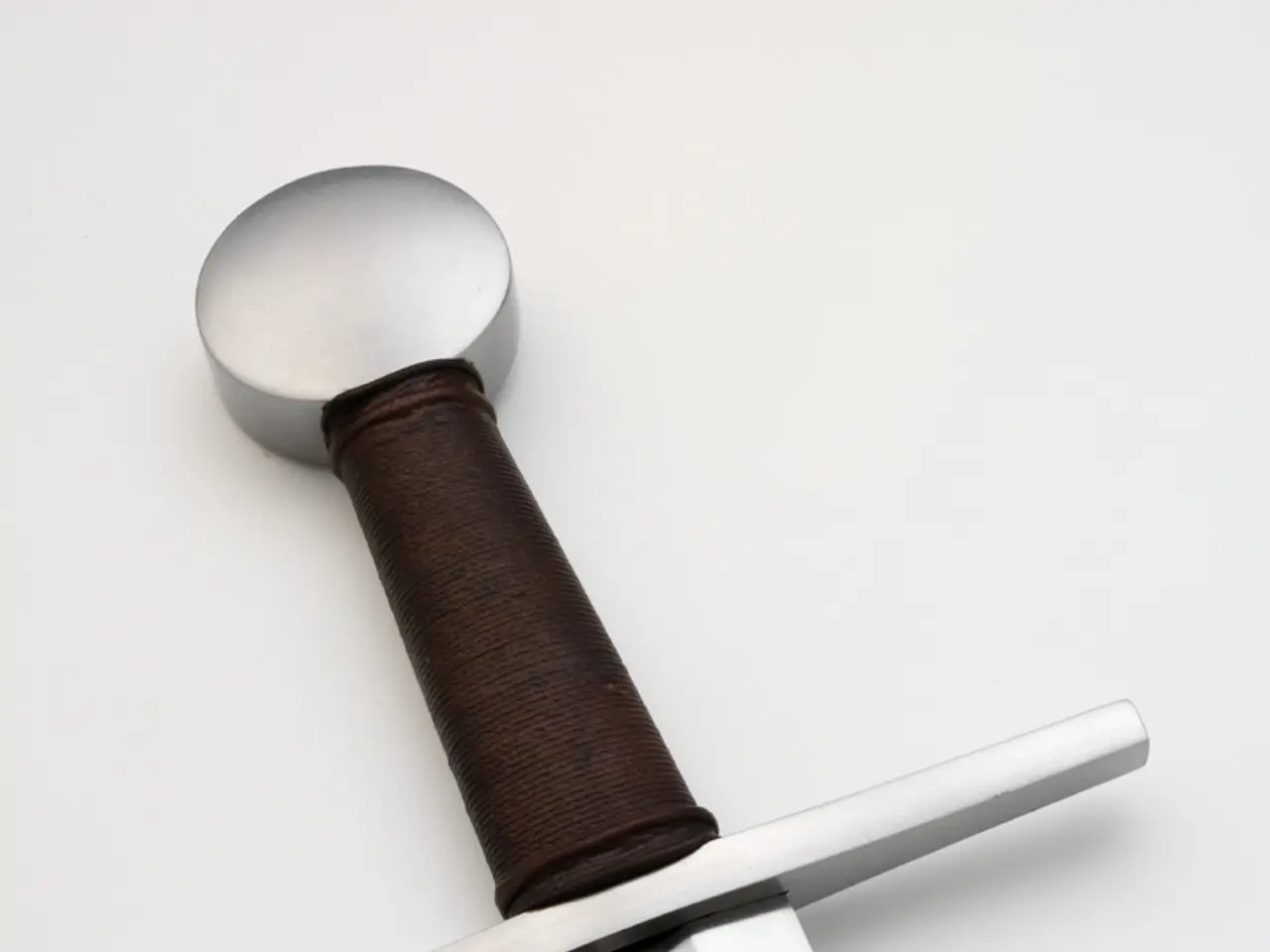The Mechanics Behind Sword Ingestion
In a world where magic and mystery often intertwine, the art of sword swallowing captivates audiences with its unique blend of skill, courage, and an air of the extraordinary. This intriguing practice, while often perceived as a magical trick, is in fact a testament to human resilience, control, and the mastery of the body's own defences.
At the heart of sword swallowing lies the performer's ability to suppress reflexes and exert precise control over their anatomy to allow the sword to pass safely down the esophagus. This feat is achieved through rigorous training and practice, as they overcome the natural gag reflex and minimise the risk of injury to the mouth, throat, and digestive tract.
One of the key challenges in sword swallowing is suppressing the gag reflex, a defence mechanism that normally prevents objects from entering the throat or esophagus dangerously. This is achieved through gradual desensitization and the honing of muscle control.
Once the gag reflex is under control, performers must learn to relax and align their throat and esophagus to create a clear path for the sword to pass. This involves controlling muscles to open the upper esophageal sphincter and suppressing involuntary contractions that could cause damage.
The sword must be positioned carefully to avoid puncturing or scraping the delicate tissues of the throat and esophagus. This requires a level of precision and coordination that can only be honed through years of practice.
Sword swallowing is a highly specialised skill that carries significant risks. The most thorough medical study on the subject involved the voluntary survey of 110 English-speaking sword swallowers, revealing a range of potential side-effects, from throat pain and persistent lower chest pain to more serious complications such as internal bleeding, esophageal perforations, pleurisy, pericarditis, and sinus infections. Some of these complications may require surgical intervention.
Despite the risks, sword swallowers strive to make their performances look effortless, moving a cold, rigid sword down their throats and esophagus without showing any discomfort. They must learn to relax muscles that are typically not under voluntary control, such as the upper and lower esophageal sphincters and the muscles of the esophagus involved in peristalsis.
The Sword Swallowers Association International (SSAI) defines a sword swallower as a person who can swallow a 15-inch (40-centimeter) sword. However, the SSAI's maximum recommended length for a swallowed sword is 33 inches (83 centimeters).
While sword swallowing may be considered a magic trick by some, it is also a skill that has been utilised in the early development of endoscopy, the examination of the interior of the human body using a scope. Sword swallowers have worked with researchers, using their unique ability to navigate the upper digestive tract, to advance our understanding of the human body.
In conclusion, sword swallowing is a remarkable feat of human control and resilience. It is possible because performers learn to suppress their gag reflex and carefully control their throat muscles, allowing a sword to slide down the esophagus without triggering normal protective responses or causing injury. Despite its perceived mystique, sword swallowing is a skill that requires extensive practice, physical and psychological preparation, and carries significant risks.
[1] "Sword Swallowing: A Review of the Literature." Journal of Medical Case Reports, 2015. [2] "Sword Swallowing and Its Complications: A Case Report." Annals of Thoracic Medicine, 2008.
In the realm of unusual entertainment, the art of sword swallowing meshes with both pop-culture and sci-fi-and-fantasy, presenting an extraordinary performance that challenges human physiology. Despite the risks, it's a testament to human resilience and mastery, as performers diligently overcome their gag reflex and control their throat muscles, transforming the seemingly magical trick into a skill honed through rigorous training.







